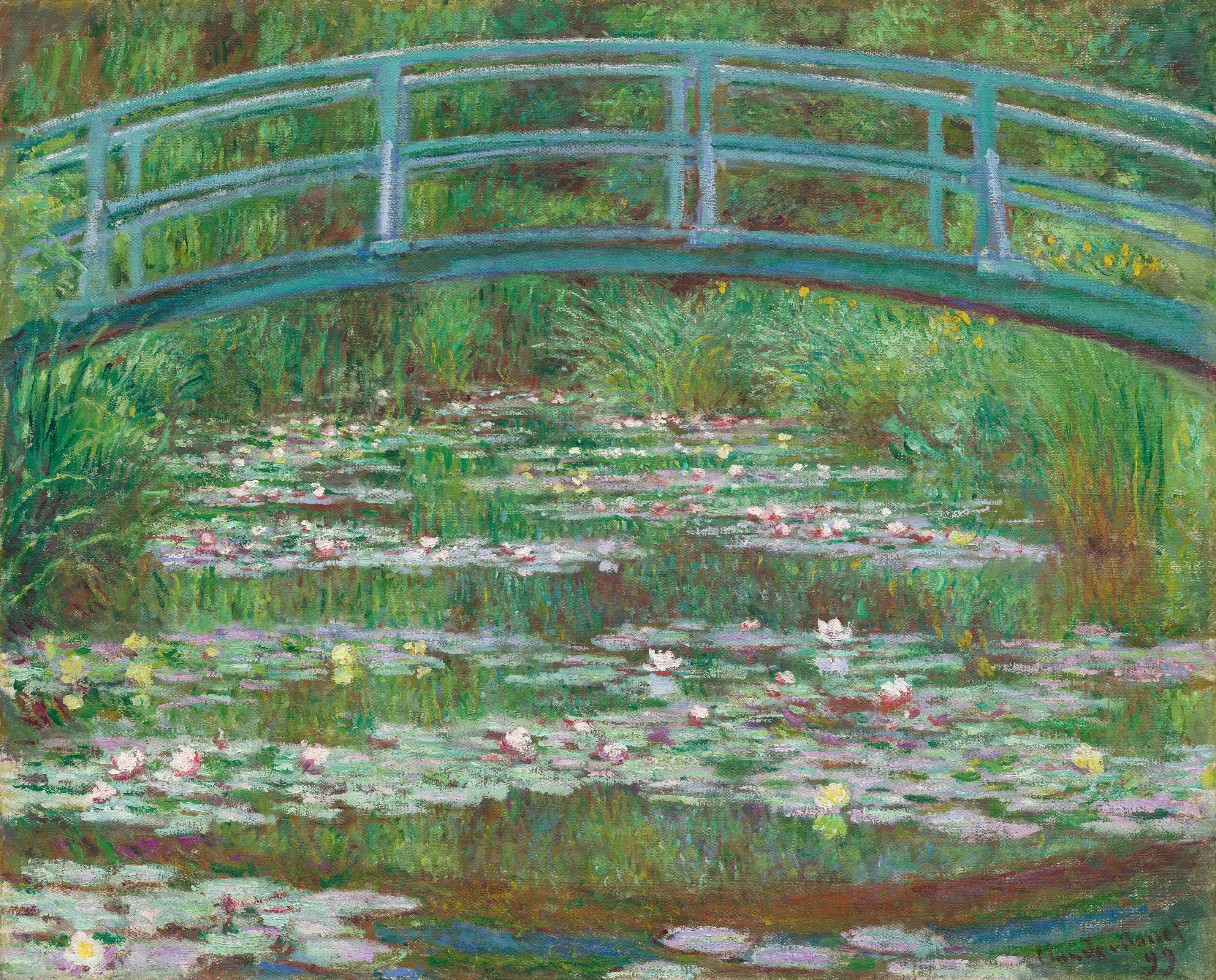
1 minute read
The Age of Fishes
A woman falls in love with a fish. Tiktaalik Rosea (large freshwater fish, named from Inuit speech). Linked with lobed finned fishes, early amphibians. Aquatic. Able to walk on shallow water floor.
This woman and this man-fish dance in deep water, beribboned by crinoids (sea lilies) and coral. Baroque masterpieces by Handel play. Water music above splashes of smaller fish bubbling among clustered reefs. This man-fish has jaws. Gills. Skull spiracles. Can breathe on land. He should be extinct, known only from fossils but here he’s seen, large as life, on a movie screen.
He might come from Devonian time, The Age of Fishes, 419.2 million years ago. Numerous as minnows, years spanning Tetrapod species (backboned animals, birds, reptiles) after Silurian. Up until now. True origins may be sourced in ‘flesh’ and ‘wings’.
This woman birthed in Eden - from another man’s rib. Her reward? A watery kingdom, her every breath dependant on her Pescatarian Prince’s ability to swim. Who can deny his existence? No less real than Andersen’s ‘Mermaid’, a fish woman who gave up her voice to walk on limbs.
* Inspired by ‘The Weight of Water’ directed by Quentin Tarantino










